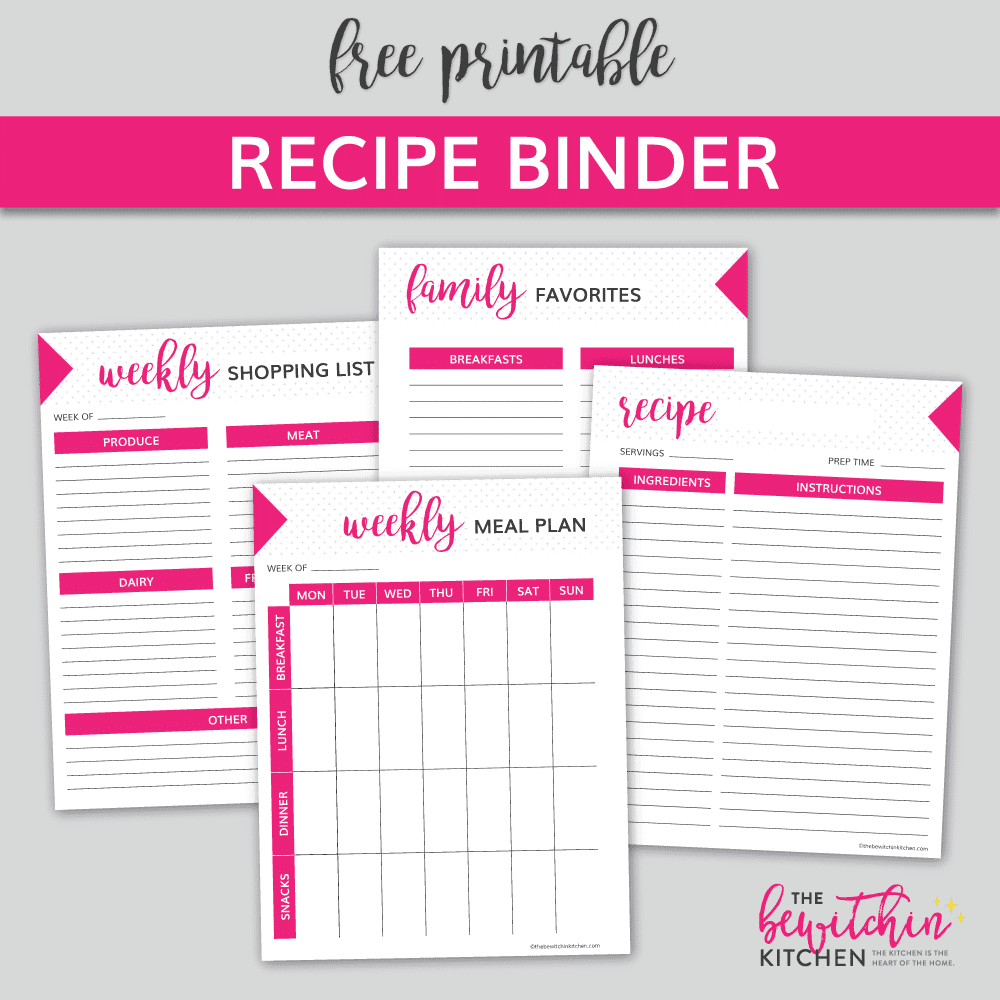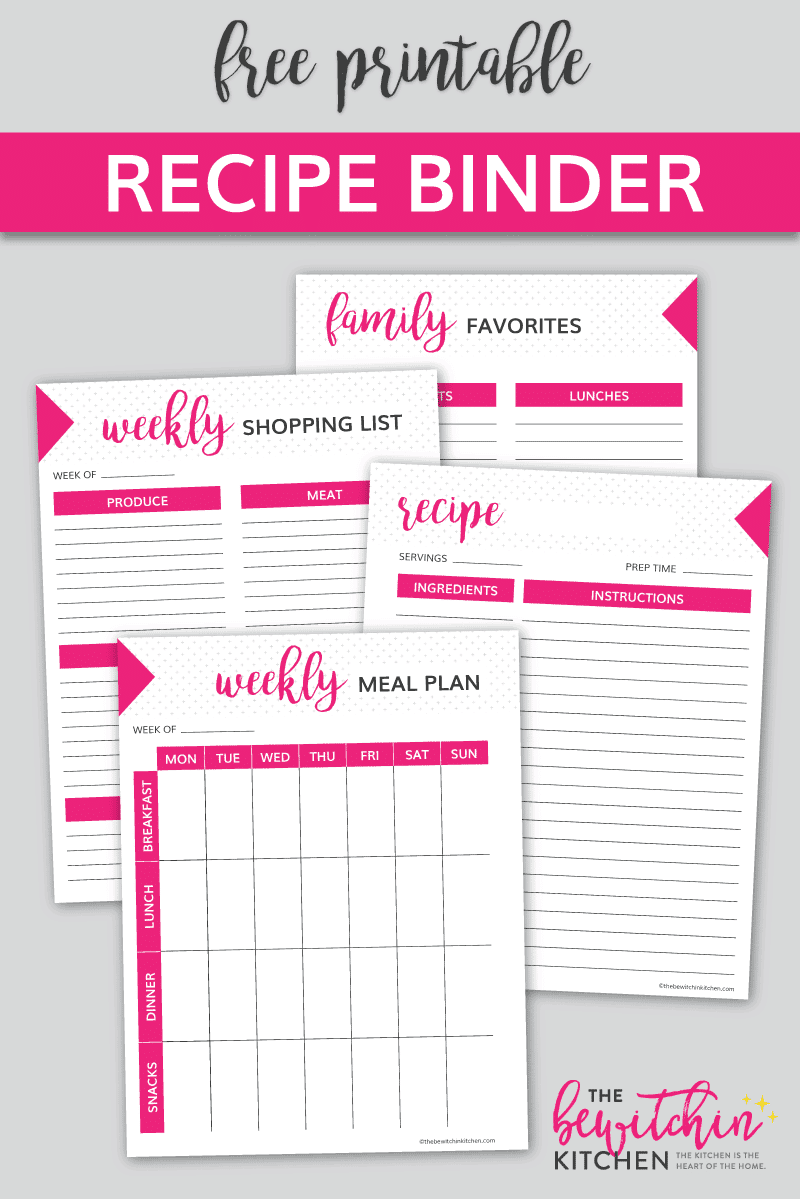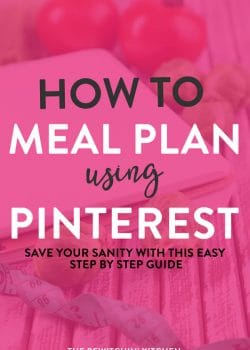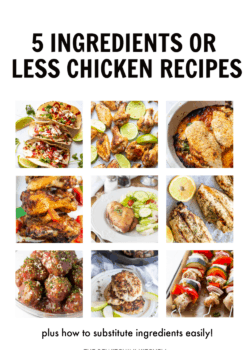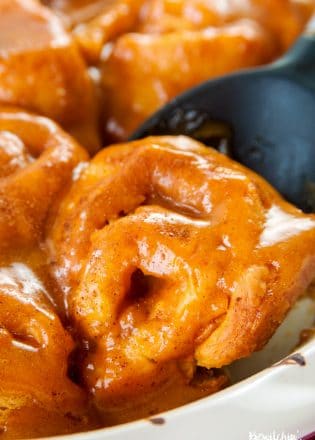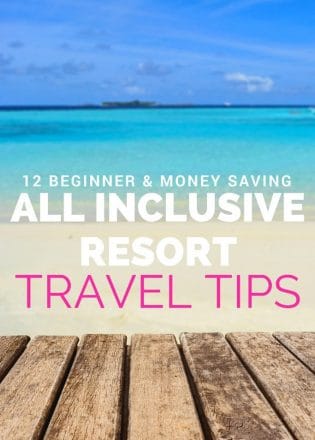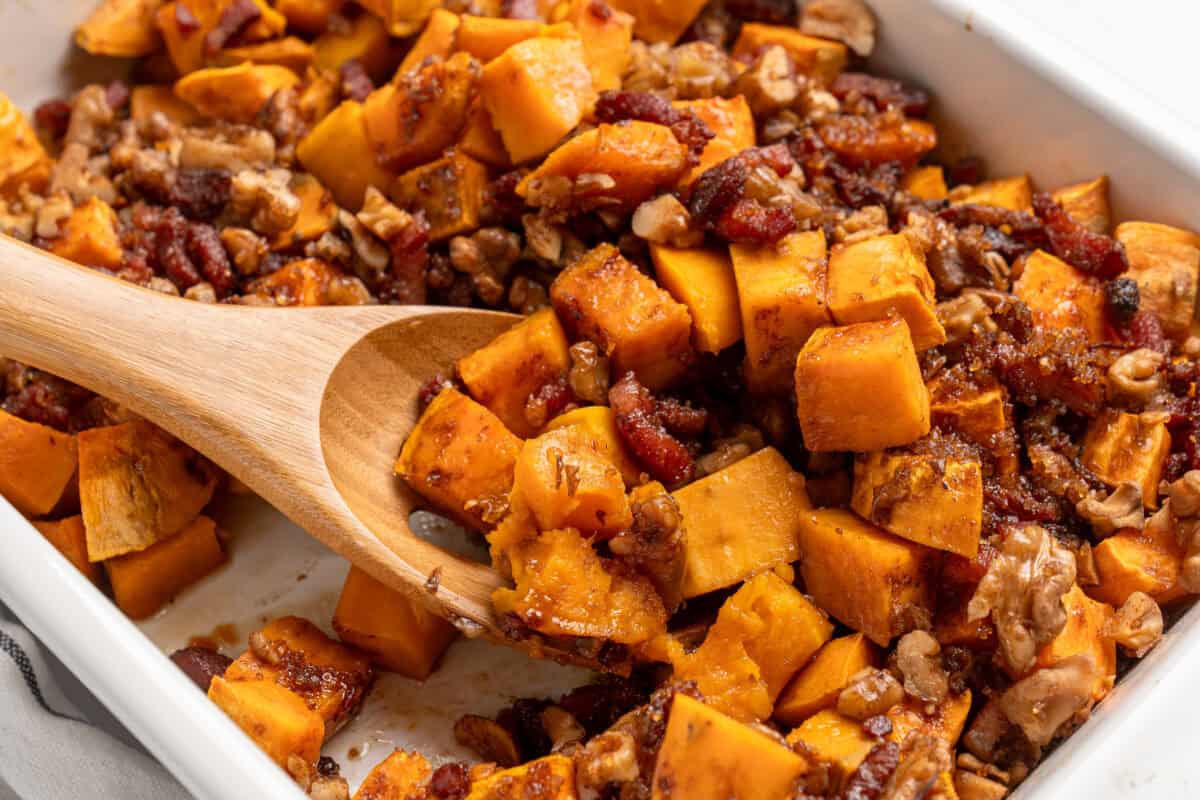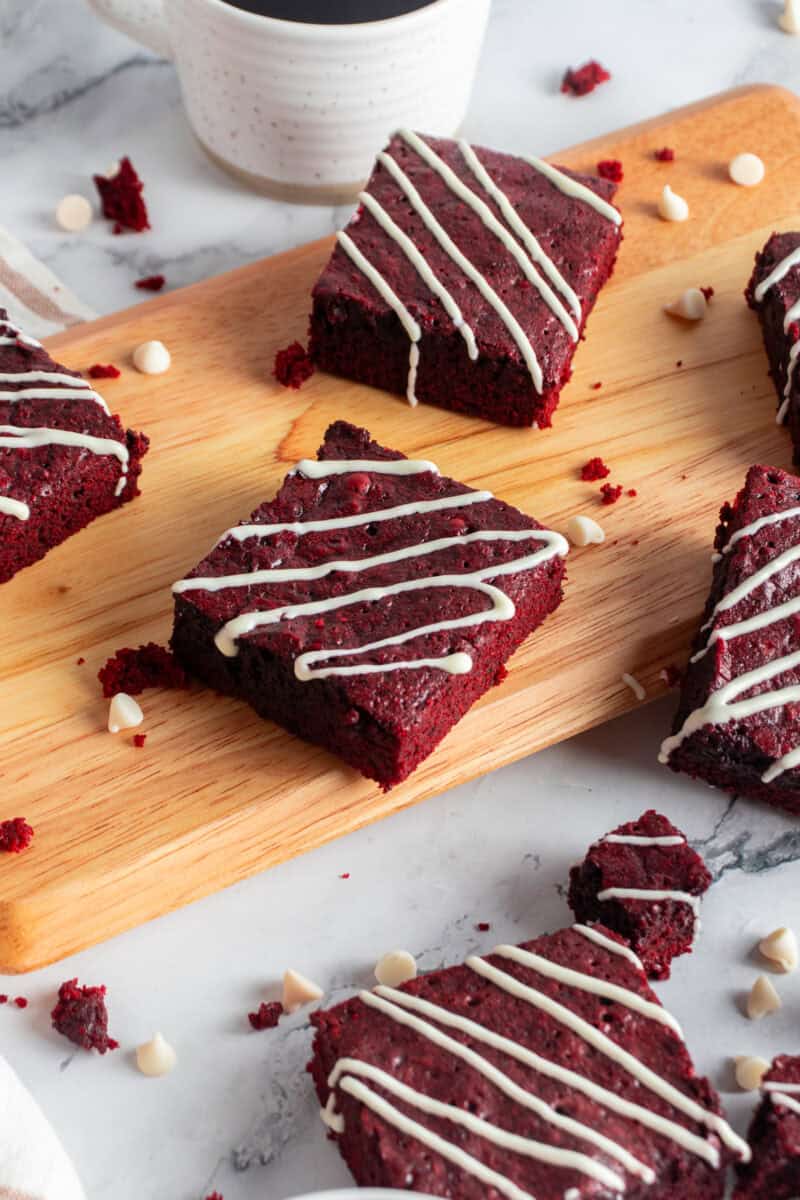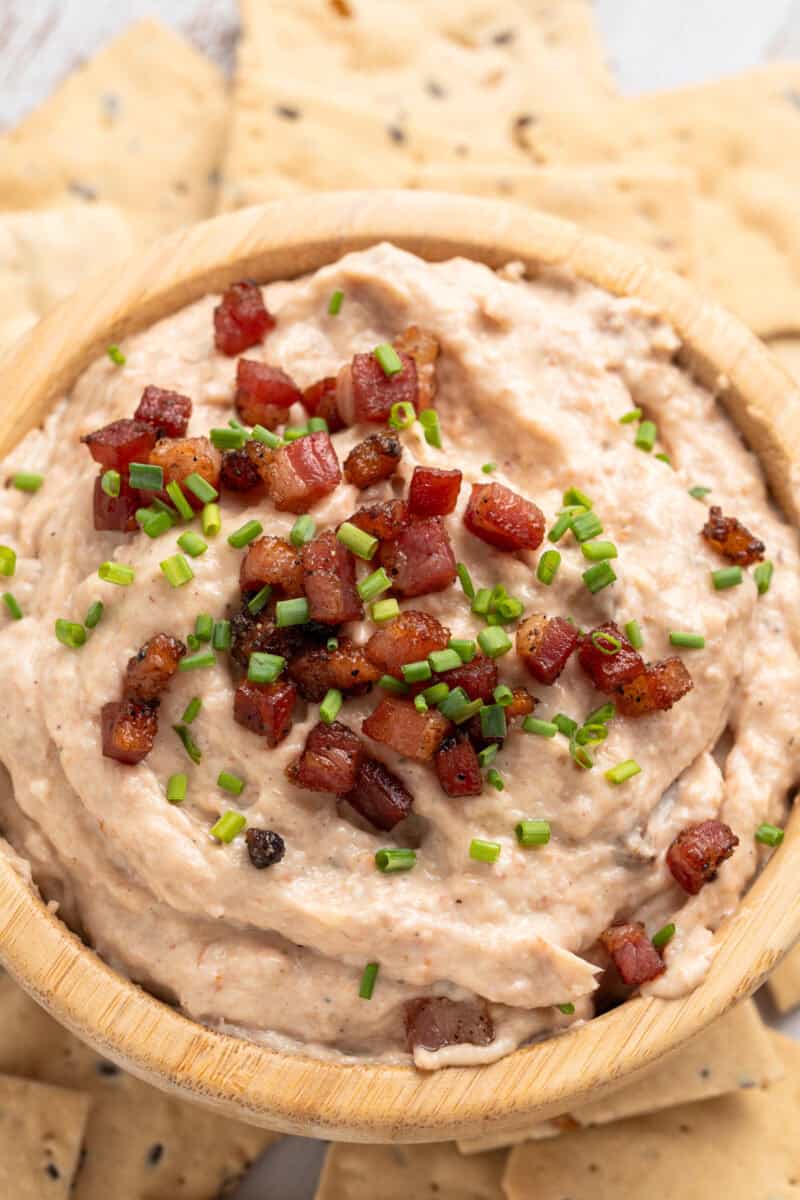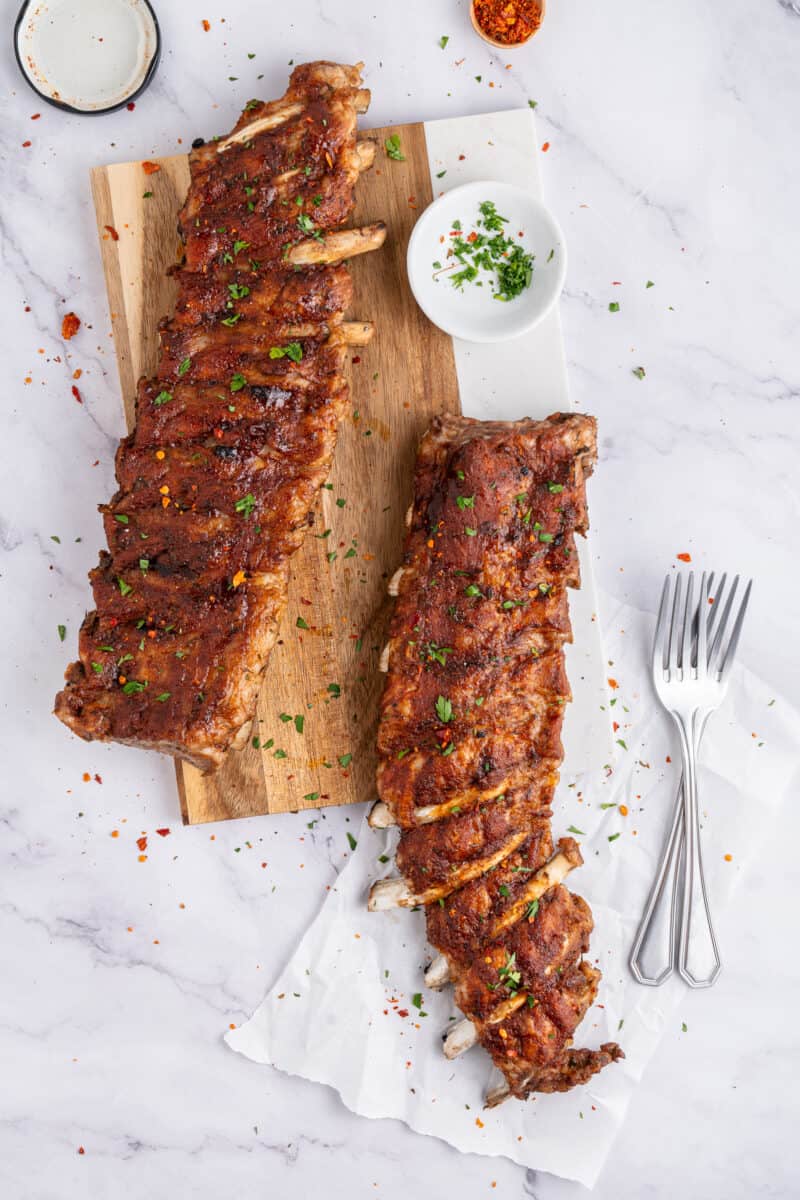How to Be Successful on a Ketogenic Diet
In case you’re not familiar with what a ketogenic diet is, here’s an explanation: “The ketogenic diet is a high-fat, adequate protein, low-carbohydrate diet… The diet forces the body to burn fats rather than carbohydrates.” – Wikipedia.
How does the ketogenic diet work?
A ketogenic diet is designed to curb your carb intake pretty dramatically in order to force your body into a state of ketosis, to retrain it to turn to fat stores for energy, rather than to simple sugars or carbs. Carbs break down in the body as glucose (aka sugar) and that’s what your brain looks to feed off of, if it’s available. With no sugar or carbs available, your liver and brain will switch tracks and look to those fat stores to keep going. With this change comes significant weight loss for many who attempt the diet.
Maintaining a keto diet
The key is how to maintain it, long term. Like any diet, if it’s ‘too hard’ or doesn’t become a lifestyle change, you will lose weight at the beginning and then put it right back on when you go back to old habits.
In order to enter a state of ketosis, you have to limit your carb intake, at least in the initial stages, fairly severely. Depending on the diet, this can mean no more than 20 carbs per day. This is fairly difficult for most people to maintain since the average North American consumes anywhere upwards of 250 carbs a day and a typical slice of white bread has 15 or more carbs in it! A more practicable diet will limit your carb intake to no more than 50 per day. This is completely manageable: with a few key choices, you can change your eating habits and your lifestyle, for good.
TBK’s Pro Tip: Modify the diet to make it work for you. Personally, I couldn’t eat 25g of carb every day long term. That sounds like a crash diet for me and would only end up with me failing. However, if I up it a bit and focus on the health benefits – I’m good! Every body is different. Do what makes yours feel the best.
What are examples low carb foods that you can eat?
- Green vegetables – kale, lettuce, avocado, you name it…
- Cauliflower – this makes the best fake mashed potatoes you’ve ever eaten! It also makes delicious cauliflower rice.
- Meat – all cuts, all kinds.
- Fish and shellfish
- Eggs
- Cheese
- Olive oil, coconut oil
- High-fat yogurt and cream – your coffee will never have tasted better!
- Some fruits – berries and apples are good, but high fructose fruit like mango is off the menu for a while. I like to focus on fruits with a higher amount of fiber.
- Some nuts – nuts like almonds have protein, but all nuts should be consumed in moderation and some, like cashews, should be avoided.
My friend Stacie has an awesome Keto Baked Ziti recipe that I know you’ll love.
Foods to avoid on the ketogenic diet
- Bread and any bread based food (cake, muffin, bagel, etc…)
- Pasta
- Rice
- Vegetable or canola oils
- Potatoes and other starchy vegetables.
- Sugar – raw or refined, it’s off your list!
If you are going to eat carbs, look for those that are high in fiber. For example, there are carbs in many nuts but there is also a lot of fiber. Raspberries also have a great amount of fiber!
Tips for Success Going Keto
- Go through your pantry and dump the bad stuff. Chips, candy, sugary snacks, pop… it all has to go. In the first week of your diet, you might suffer what’s called a ‘carb flu’. You’ll feel lethargic and have low energy, as if you have a flu bug. This is your body switching over from consuming carbs and sugar for energy, to stored fats. Plus, a lifetime of eating carbs and sugar will have an impact.
- Don’t do it alone. If you’re the only person in your family eating this way, you will find it difficult to stay on the diet. Having support, even from one other family member, makes it easier. Also, eating a ketogenic diet means foregoing convenience food in a box. Cooking from scratch IS more effort but it’s worth it. Want help with that? I recommend meal planning, here’s how to meal plan like a pro. I also recommend checking out The Healthy Grail Health Planner.
- Keep a journal. In the beginning, as you experiment with low carb recipes and figure out what works for you and what doesn’t, you should keep track of your carb intake, so as to ensure you’re not going over 20 or 50 (depending on how restrictive you want to be). This is also included in The Healthy Grail.
- Eat enough fat! Bring on the avocado and bacon! This seems counterintuitive: eat fat to lose weight! Of course, that doesn’t mean just any fat. You should be avoiding trans fats at all costs! But bacon? Yes! Hamburgers without the bun? Sure! Consuming a good amount of fat and protein has the added benefit of ensuring that you’re not hungry all the time, as people tend to be on restrictive diets. This increases your chances of being successful.
- Look for recipes that you will enjoy. There are a lot of carb alternatives that are still healthy and can keep you going happily on the diet for years to come. For example, shirataki noodles—made from a tofu base—are very low carb, but look like thin rice noodles. PERFECT for stir fries! Or how about a low carb pizza? Yes! It’s all possible.
- Measure your progress. By peeing on a stick. Say what? You can measure your ketones and see if your body is in ketosis by purchasing ketosis urines sticks. I’ve personally used the Nurse Hatty’s brand and like them.
Without completely depriving yourself (the occasional indulgence is fine), you can achieve a lot with this diet, without feeling hungry all the time. As long as you learn what to avoid, even eating out or on vacation is no problem at all.
Do you have any tips for following a ketogenic or low-carb diet? Share them in the comments.
